
HPV vaccine now recommended for those up to age 45
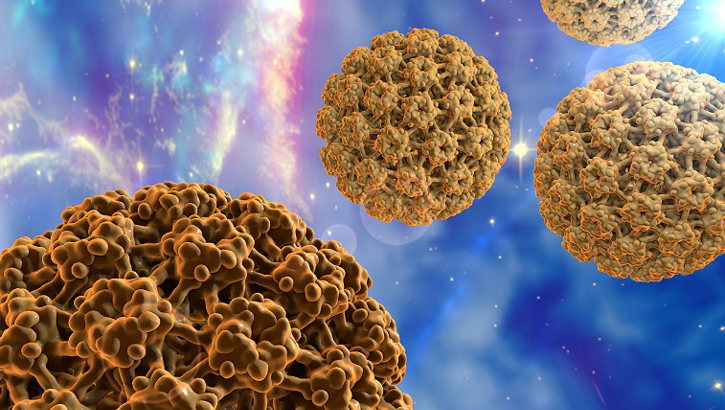
Recent CDC and FDA guidance recommends that men and women up to 45 years of age get vaccinated to protect against the Human papillomavirus (HPV). HPV is the most common sexually transmitted infection and can cause certain cancers and genital warts. More than 14 million new HPV infections occur in the U.S. each year, and about 80 percent of sexually active men and women are infected with HPV at some point in their lives. (National Foundation for Infectious Diseases image)
The Food and Drug Administration has raised the recommended age to receive the vaccine for human papillomavirus, or HPV to 45. Health care experts say that's good news for women and men who did not receive the anti-cancer vaccine in childhood.
"There are hundreds of different strains of HPV," said Navy Cmdr. Shannon Lamb, a urogynecologist and the U.S. Navy Bureau of Medicine and Surgery's Women's Health Branch chief. "The vaccine doesn't protect from all of them, but it does protect from the most common ones that cause different types of cancers as well as genital warts."
HPV spreads through intimate skin-on-skin contact. Typically, the vaccine is recommended for girls and boys as young as age 9, and women and men up to age 26.
“It's recommended for young people so they're protected before they're ever exposed to the virus," Lamb said. "HPV is a very common infection. Over 80 percent of people will be infected in their lifetime."
In 2018, the FDA approved the vaccine for women and men up to age 45. While many adults have been exposed to some strains of HPV, most have not been exposed to all nine types covered by the vaccine.
"Therefore, expanding the age range for vaccination can help prevent HPV-related diseases in more individuals," she said.
Usually, people don't exhibit any signs or symptoms of an HPV infection, and most won't develop health problems related to HPV. The virus typically goes away on its own after a couple of years. But there's no way to predict who will clear the virus and who won't. And for those who don't, the consequences can be deadly.
According to the Centers for Disease Control and Prevention, HPV is responsible for more than 90 percent of all cervical and anal cancers, 70 percent of vaginal and vulvar cancers, and more than 60 percent of penile cancers. Every year, approximately 25,000 women and 19,000 men are affected by cancers caused by HPV.
For HPV vaccination of service members, the Department of Defense follows guidelines published by the Advisory Committee on Immunization Practices. Lamb says the vaccine isn't mandatory, but it's strongly recommended.
"The vaccine creates a lot of benefit for men and women," Lamb said, "and we know it works." The number of cases of genital warts in the United States has dramatically declined in the military as well as civilian populations since the vaccine was introduced, she said.
"The HPV vaccine is definitely making an impact," Lamb said. "But we're still missing a good chunk of the population that could benefit."
The vaccine is administered as a two-dose series for those under age 15, and a three-dose series for older people. According to data from the Armed Forces Health Surveillance Branch's Medical Surveillance Monthly Report, only 26.6 percent of eligible servicewomen ages 17-26 initiated the vaccine during 2007-2017. During the same time period, only 5.8 percent of eligible servicemen in the same age group did so.
Further, for those who did initiate the vaccine and then remained in service for at least six months, only 46.6 percent of servicewomen and 35.1 percent of servicemen completed the recommended three doses.
"I think there's a lot of misinformation about the HPV vaccine," Lamb said. "Parents may think their kids don’t need it because they're not yet sexually active, for example, and older people may not understand they may be at risk."
Lamb is hopeful that with awareness people will make it a priority to talk to their health care providers about their risk for new HPV infections and the possible benefits of vaccination.
She notes that cancers caused by HPV may take years to develop after a person contracts the virus. Further, while there are cervical HPV screening tests available for women for high risk strains, there are no routine screening tests for men or tests that include all strains of HPV. Over 12,000 women living in the United States will be diagnosed with cervical cancer, and over 4,000 women die from cervical cancer annually. Women at highest risk are those who don’t undergo recommended screening and are not vaccinated, as well as women who smoke or have lowered immune systems.
TRICARE covers the HPV vaccine as recommended by the CDC. More information about the HPV vaccine can be found on the TRICARE website.
U.S. Transportation Command: DoD’s manager for global patient movement
Article
1/9/2020
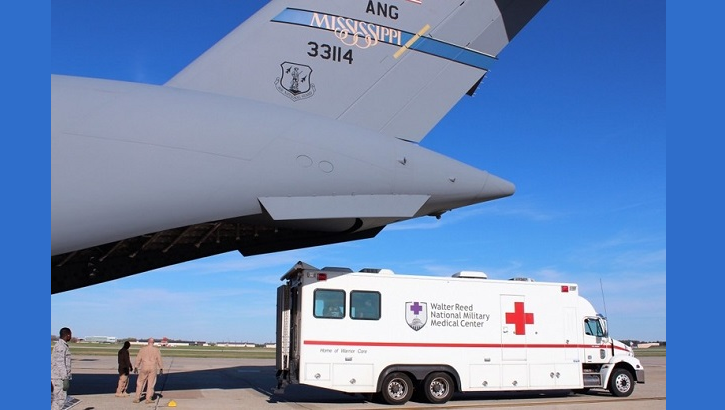
On a weekly basis, USTRANSCOM moves up to 40 patients from overseas to CONUS
Joint Chiefs say mind, body, spirit all part of Total Force Fitness
Article
1/7/2020

2020 focus on factors making service members, families “resilient”
Navy Medicine demonstrates Virtual Health options to Africa
Article
1/6/2020
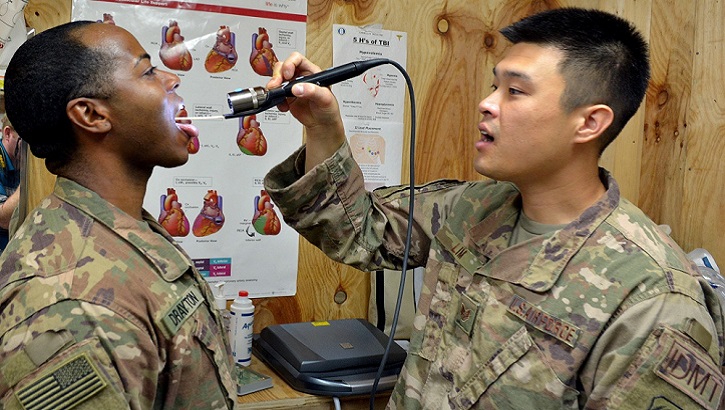
Djibouti hosts the largest U.S. American military base on the African continent
Air Force studies fatigue, sleep to enhance readiness
Article
12/31/2019
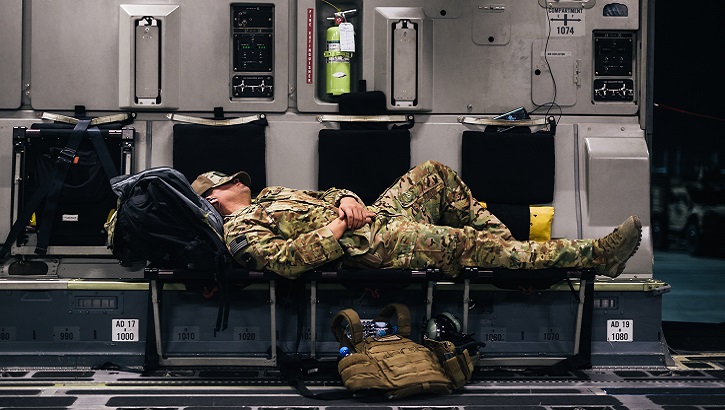
Good sleep habits are closely related to overall health and performance
Achievements in 2019 provide strong foundation for year ahead
Article
12/23/2019
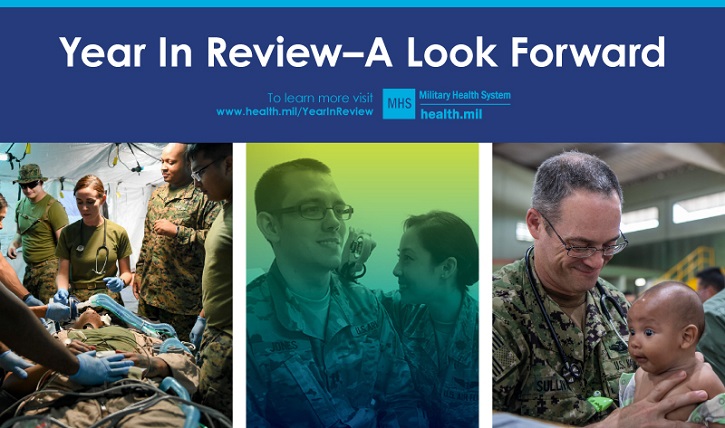
Dedication, commitment to mission praised as changes continue
Guard and Reserve crucial to CCATT expansion
Article
12/20/2019
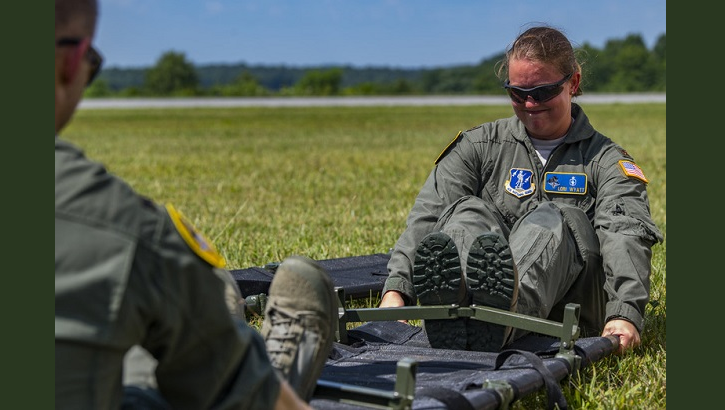
The Guard and Reserve support the bulk of aeromedical evacuation, CCATT capabilities
3D Mammography Toolkit
Publication
12/19/2019
Air Force, Army medics save groom
Article
12/19/2019
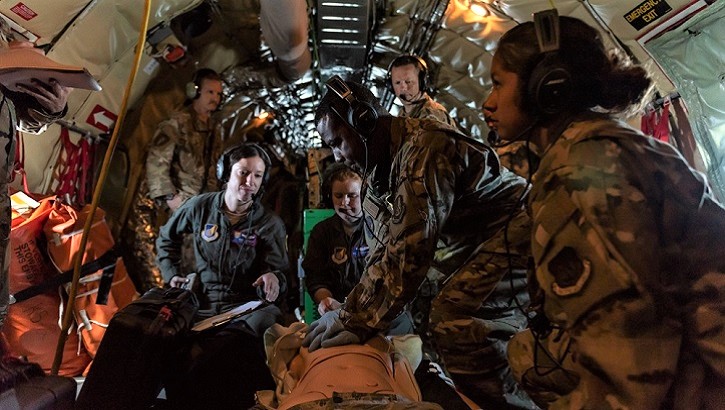
NCO’s first aeromedical evacuation mission was definitely challenging
New 3-D mammogram option the next step in diagnosis, treatment
Article
12/19/2019

Procedure would enhance effectiveness of breast cancer screening
3D Mammography Infographic 1
Publication
12/16/2019
Share this infographic to spread the word about 3-D Mammography coverage
Talking_Points_3D_Mammography
Publication
12/16/2019
These talking points share information about 3-D mammography
3D Mammography Infographic 2
Publication
12/16/2019
Share this infographic to spread the word about 3-D Mammography coverage
McCaffery AMSUS Remarks 2019
Publication
12/5/2019
McCaffery statements made during the 2019 annual meeting of AMSUS
McCaffery calls for military medical strategic framework for warfighting readiness
Article
12/5/2019

'New reality' includes tight synchronization, expanding partnerships
World AIDS Day puts spotlight on landmark DoD study
Article
12/2/2019
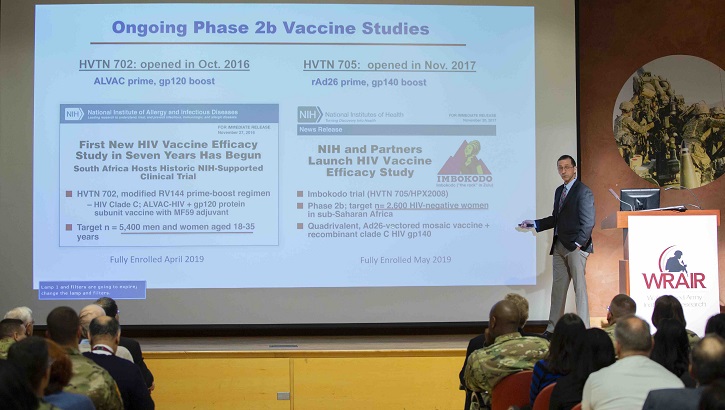
Vaccine study shows infection risk lowered by 31 percent, offering hope for future






















.png)











No hay comentarios:
Publicar un comentario